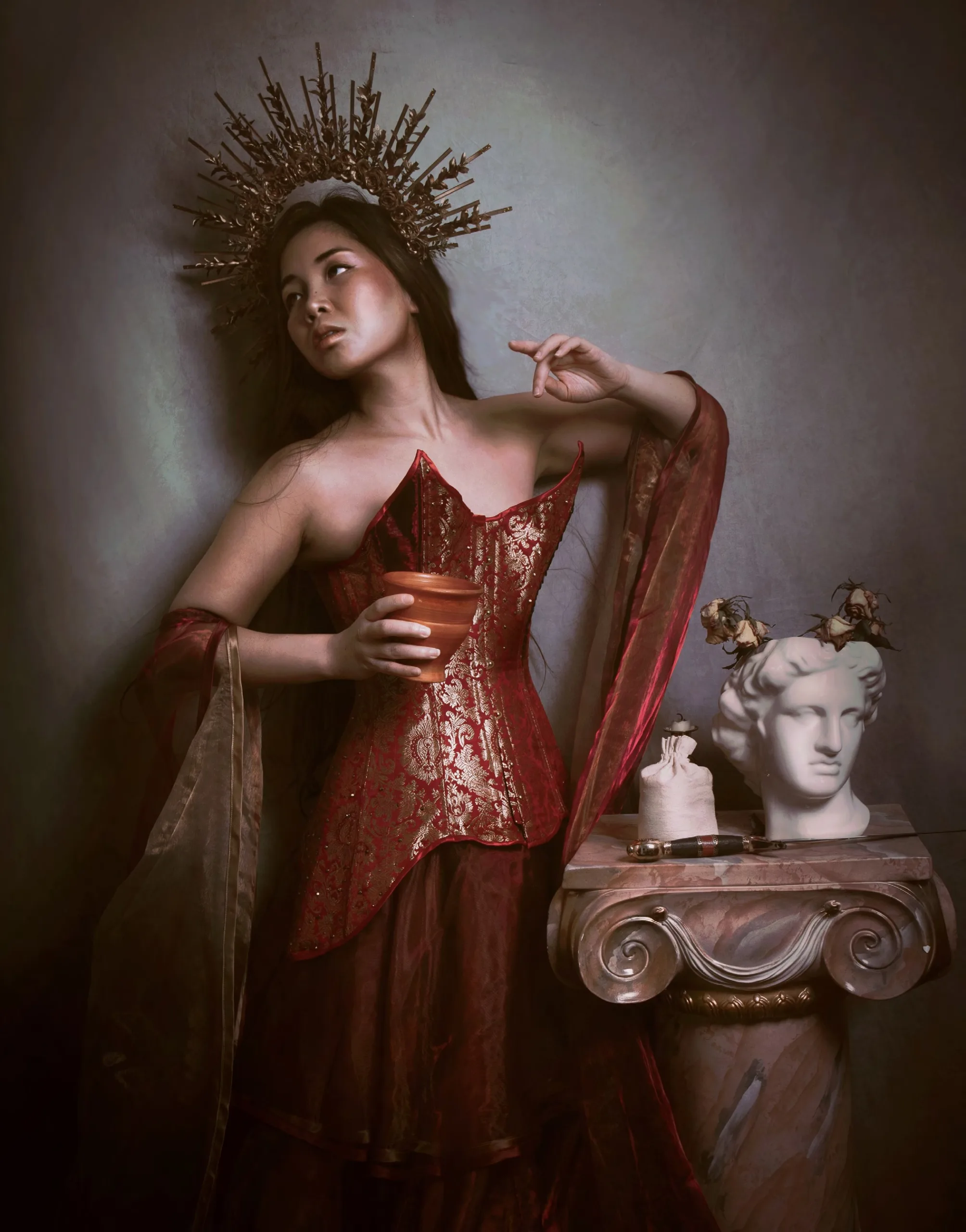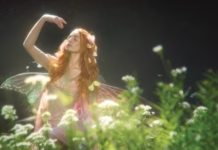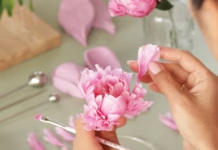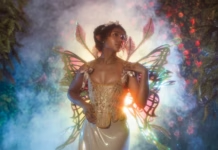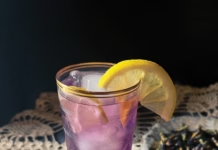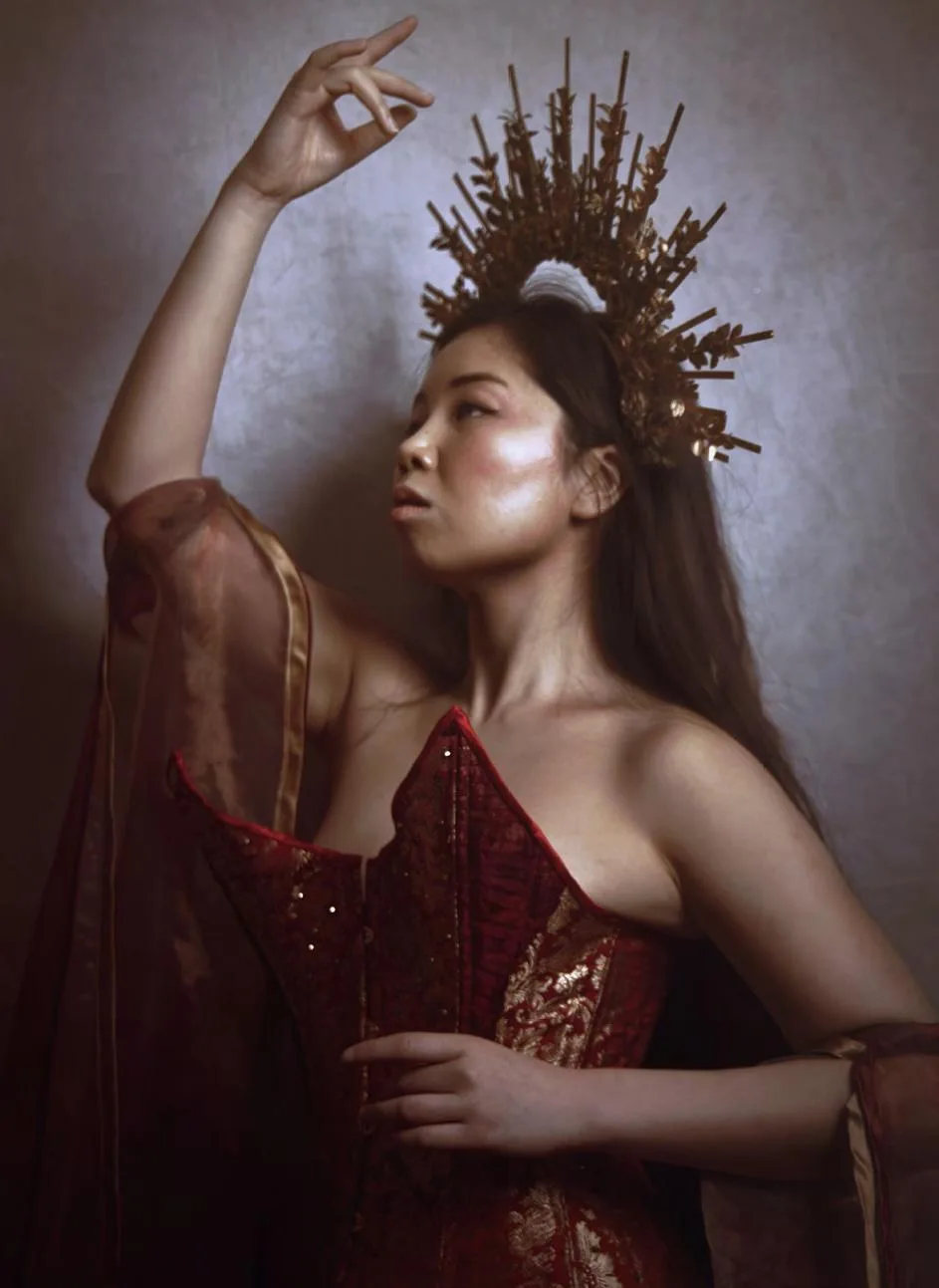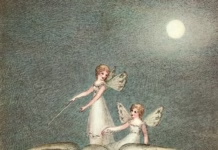Photography by Yinsey Wang
Circe, the daughter of the Titan Helios and the ocean nymph Perse, is a goddess and enchantress in the ancient Greek mythical tradition who has a bad habit of turning her enemies into animals. She also is a master of potions and herbs.
One of her best known associations is with the hero of Homer’s epic tale The Odyssey. As Odysseus and his seafaring companions try to find their way home after the long Trojan War, they end up landing on the island of Aeaea, Circe’s domain. She punishes the crew’s trespass by transforming many of them into swine. Odysseus is the exception. His intelligence and charming tongue fascinate Circe so much that she is convinced to spare the rest of his men and returns them to human form. She also decides to make Odysseus her lover; she will so fascinate him that he forgets his longing to return home to Ithaca. After a year, Odysseus realizes he must continue his journey back to his island kingdom and leaves Circe.
It is quite commonly accepted that women who are arbiters of their own fate and who channel power through their own agency are often linked with witchcraft and magic, and hence become a danger to men. Circe is primarily seen as a seductress and an episodic challenge for the great hero Odysseus in the Greek epic cycle, an obstacle to overcome before he accomplishes his main goal. In the Victorian period, she becomes a popular art subject to demonstrate the power of the femme fatale (the morally questionable woman who lures men away from goodness).
I wanted to explore Circe’s identity in my self-portraiture—to explore Circe’s complex emotions and the power she herself wields. I am looking through her eyes, rather than taking the stories told about her at face value, where she’s so often reduced to a lustful witch looking to exact vengeance.
